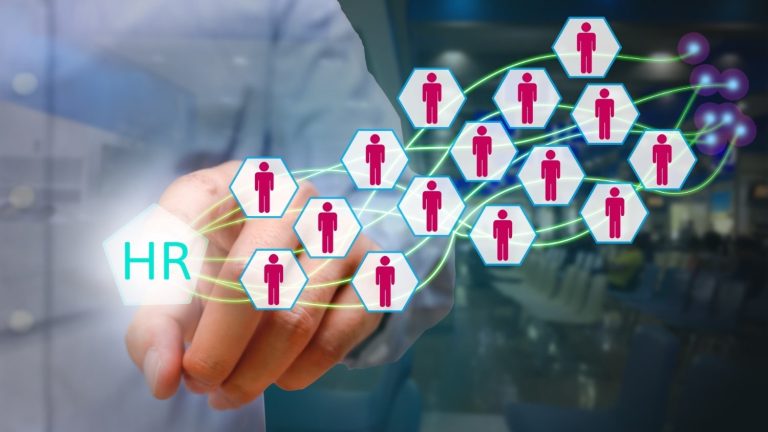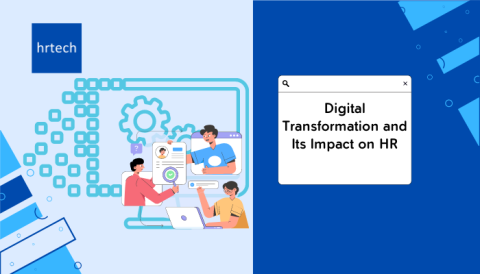According to Gartner’s recent survey report, around 60% of HR leaders are planning to invest more in HR technology. But finding the right HR software feels overwhelming when you’ve so many different options in the market.
Choosing HR software isn’t about finding the system with the most features. You need capabilities that solve your daily challenges, from managing compliance across different locations to keeping your best people engaged and productive.
In this guide, you’ll get a detailed breakdown of the 23 essential HR software features that successful businesses rely on every day. You’ll learn which features are must-haves, which ones can wait, and how to evaluate options based on your actual needs.
Key Takeaways:
- HR software features: These are specific capabilities built into HR systems that automate manual processes and organize employee information in one place.
- Start with main functions: Employee database, payroll processing, and time tracking form the foundation that every business needs before adding other features.
- Recruitment tools save time: Applicant tracking systems and onboarding management speed up hiring and improve new employee experience.
- Self-service reduces workload: Employee portals let staff access their own information and make requests without contacting HR for routine tasks.
- Consider your main challenges while selecting: Choose features that solve your biggest time-consuming problems rather than picking systems with the most capabilities.
- Test the software before you buy: Try the actual interface during demos and trial periods since features only help if people actually use them.
What are HR software Features?

HR software features are specific capabilities built into Human Resources Management Systems to automate and organize people-related processes. These features handle everything from storing employee information to processing payroll, managing recruitment, and tracking performance.
Modern HR systems combine multiple features into one platform, creating seamless experiences for both HR teams and employees. For example, when someone requests time off, the system automatically updates attendance records, notifies managers, and adjusts payroll calculations.
The best HR platforms integrate these features to work together, reducing duplicate data entry and ensuring information stays consistent across all your people processes.
Once you see what these features actually do, you can focus on finding the tools that fix your specific problems.
What are the Essential HR Software Features?
Here are the 23 HR software features that successful businesses use to manage their workforce effectively:
1. Employee Database

Every HR system starts with a central place to store employee information. Without this foundation, you end up with scattered data across spreadsheets, filing cabinets, and different software systems. An employee database software brings all this information together in one secure, searchable location.
Your employee database becomes the foundation for every other HR process. When someone gets promoted, their new role and salary automatically update across payroll, performance reviews, and organizational charts. Modern databases include powerful search and filtering options that let you quickly find employees by department, location, or specific skills.
For example, if you need all marketing employees with graphic design experience for a special project, you can filter your database and get results instantly instead of checking individual files or asking around the office.
2. Payroll Processing
Payroll mistakes cost businesses thousands in corrections, penalties, and employee frustration. Manual payroll calculations are prone to errors, especially when dealing with overtime, different pay rates, and changing tax regulations. Payroll software handles these calculations automatically while maintaining accuracy.
Payroll automation reduces errors that cost businesses thousands in corrections and penalties. The system calculates regular hours, overtime, bonuses, and deductions based on current tax tables and company policies. It also generates pay stubs and tax documents automatically.
Consider a retail business with both full-time and part-time employees. The payroll system tracks different pay rates, calculates overtime for full-time staff, and handles varying schedules for part-time workers. It also manages seasonal bonus payments during busy periods without requiring separate manual calculations.
3. Time and Attendance Tracking
Knowing when employees work is essential for accurate payroll and fair scheduling. Manual time tracking through punch cards or sign-in sheets often leads to disputes about hours worked and creates extra administrative work for HR teams.
Accurate time tracking prevents disputes about hours worked and ensures fair pay for all employees. The system can send alerts when someone forgets to clock in or out, and managers can approve time corrections remotely. Integration with payroll ensures hours worked directly are calculated into paychecks.
A construction company might use mobile time tracking for field workers who visit different job sites. Workers clock in using GPS-enabled apps that verify their location, while office staff use web-based time tracking that monitors computer activity during work hours.
4. Leave Management

Managing time-off requests manually becomes complicated as your team grows. You need to track who’s available, prevent too many people from taking vacation at the same time, and ensure everyone uses their allocated time off fairly.
Leave management prevents coverage gaps and ensures fair distribution of time off across teams. Employees can see their available balances, request time off, and receive instant approval or feedback. Managers get visibility into team schedules to avoid approving overlapping vacations.
5. Benefits Administration
Employee benefits are getting more complex, with multiple insurance options, retirement plans, and voluntary benefits. Managing enrollment periods, tracking eligibility, and calculating costs manually takes significant time and creates opportunities for errors.
Benefits administration reduces the paperwork burden on HR teams while giving employees better access to their benefits information. The system tracks eligibility dates, manages dependent information, and calculates employer and employee contributions automatically.
During open enrollment, employees can compare insurance plans, see cost differences, and make changes online. The system automatically updates payroll deductions and sends confirmation to insurance providers. New hires receive guided enrollment that explains each benefit option and helps them make informed choices.
6. Document Management
Paper-based HR files create multiple problems: documents get lost, finding specific information takes time, and sharing files with managers or employees requires copying and distribution. Digital document management solves these issues while improving security.
Document management prevents lost paperwork and provides instant access to employee files during reviews, investigations, or audits. The system maintains complete audit trails showing who accessed documents and when changes were made.
7. Compliance Management

Employment laws change regularly, and keeping up with new requirements while maintaining proper documentation is challenging for busy HR teams. Manual compliance tracking often misses important deadlines or requirements.
Compliance management reduces legal risks by ensuring your business follows current employment laws. The system generates required reports like EEO-1 filings, tracks training completion for compliance purposes, and maintains documentation for potential audits.
For instance, the system might alert you when new overtime regulations take effect, automatically update required workplace posters, and generate reports showing compliance with equal opportunity requirements.
8. Applicant Tracking System
Hiring the right people quickly is crucial for business success. Manual recruitment processes often result in lost resumes, poor candidate experience, and extended time-to-hire that costs your business good candidates.
An effective ATS speeds up hiring and improves candidate experience. Recruiters can review applications, score candidates consistently, and collaborate with hiring managers through shared candidate profiles. Automated email templates keep candidates informed throughout the process.
Ready to move beyond spreadsheets and manual processes? TeamLease offers integrated HR technology solutions that combine these core features with expert setup and ongoing support.
9. Onboarding Management
New employee onboarding sets the tone for their entire employment experience. Poor onboarding leads to confusion, slower productivity, and higher turnover rates. Systematic onboarding helps new hires become productive faster while ensuring nothing important gets missed.
Structured onboarding improves new hire retention and reduces time to productivity. New employees receive personalized checklists, access to training materials, and clear expectations for their first weeks on the job. Managers get visibility into onboarding progress and can provide timely support.
10. Performance Management

Annual performance reviews often fail to improve employee performance because feedback comes too late to make meaningful changes. Regular performance discussions and goal tracking provide better results for both employees and managers.
Performance management helps identify high performers, address issues early, and align individual goals with business objectives. The system tracks goal progress throughout the year and reminds managers to provide regular feedback. Performance data informs promotion and compensation decisions.
11. Learning and Development
Employee skills need continuous development to keep pace with changing business requirements. Without organized training programs, skill gaps develop that hurt both individual performance and company competitiveness.
Learning management helps businesses develop employee skills and maintain compliance certifications. Employees can access training materials anytime, track their progress, and receive certificates upon completion. Managers can assign relevant training and monitor team skill development.
12. Employee Self-Service Portal
Employees constantly need access to their HR information: pay stubs for loan applications, time-off balances for vacation planning, or personal information updates after moving. Without self-service options, these requests consume HR staff time that could be spent on strategic activities.
Self-service portals reduce HR administrative work while giving employees 24/7 access to their information. Employees can update their address, view their benefits, download tax documents, and request time off without waiting for HR assistance.
13. Mobile Access
Many employees don’t spend their entire workday at a computer. Field workers, traveling managers, and remote employees need access to HR systems from their mobile devices to stay productive and connected.
Mobile access ensures HR processes don’t stop when people are away from their desks. Field workers can submit time sheets, managers can approve requests while traveling, and employees can access important information from anywhere.
14. Reporting and Analytics

Making good HR decisions requires accurate data about your workforce. Without proper reporting, you might miss important trends like increasing turnover in specific departments or declining performance in certain teams.
HR analytics help identify problems before they become expensive issues. Reports might show which departments have high turnover, which managers have the best performance ratings, or which benefits are most valuable to employees. This data drives better HR decisions and business planning.
15. Workflow Automation
Manual HR processes often get delayed when people are busy, out of office, or forget important deadlines. These delays can affect employee pay, benefits enrollment, or performance review cycles.
Workflow automation ensures important processes happen consistently, even when people are busy or out of office. The system can automatically escalate overdue approvals, send reminder notifications, and route requests to backup approvers when needed.
16. Integration Capabilities
Using separate systems for HR, payroll, accounting, and communication creates extra work and increases the chance of errors. When employee information changes, you have to update multiple systems manually, which is time-consuming and error-prone.
Integration capabilities reduce data silos and prevent manual work. When employee information updates in the HR system, it automatically updates in payroll, email systems, and access control systems. This ensures consistency and reduces security risks from outdated information.
17. Succession Planning

Key employee departures can disrupt business operations, especially when no one is prepared to take over critical responsibilities. Without succession planning, businesses face extended vacancies and knowledge loss.
Succession planning reduces risks from unexpected departures and helps retain top talent by showing clear career paths. The system tracks employee skills, performance, and career interests to identify potential successors for critical roles.
18. Employee Engagement Tools
Employee satisfaction directly affects productivity, retention, and customer service quality. Without regular feedback mechanisms, management might not know about problems until employees decide to leave.
Employee engagement tools help businesses retain good employees and improve workplace culture. Regular surveys measure employee satisfaction, while recognition programs celebrate achievements and milestones. Communication tools keep everyone informed and connected.
19. Compensation Management
Fair and competitive compensation requires ongoing market analysis, budget planning, and equity monitoring. Manual compensation management often results in pay inequities and budget overruns.
Compensation management ensures fair and competitive pay across the organization. The system helps HR teams benchmark salaries against market rates, identify pay inequities, and plan budget-conscious compensation increases.
20. Workforce Analytics
Making strategic workforce decisions requires more than basic reporting. Predictive analytics help businesses anticipate problems and opportunities before they fully develop.
Workforce analytics help businesses make proactive decisions about hiring, retention, and development. The system might identify that employees with certain characteristics are more likely to leave, allowing HR to intervene with retention efforts.
Looking for HR technology that grows with your business? TeamLease provides access to scalable HR platforms with comprehensive feature sets and full implementation guidance.
21. Role-Based Security

Not everyone should have access to all employee information. Payroll data, performance reviews, and personal information need different access levels to protect privacy and maintain security.
Role-based security protects sensitive information while ensuring people can access what they need for their jobs. Employees can view their own information and team members they manage, while HR staff have broader access for administrative purposes.
22. Audit Trail
When questions arise about data changes, policy violations, or compliance issues, you need complete records of system activity. Without audit trails, investigating problems becomes difficult and time-consuming.
Audit trails provide accountability and help businesses investigate issues when they arise. The system records every login, data change, and system access, creating a complete history that auditors and investigators can review.
23. Backup and Recovery
System failures, natural disasters, and cyber attacks can destroy critical HR data. Without proper backups, businesses might lose years of employee records, payroll history, and compliance documentation.
Backup and recovery features protect your business from data loss due to system failures, natural disasters, or cyber attacks. Regular backups ensure you can restore information quickly, while disaster recovery procedures minimize downtime during emergencies.
These software features give you a complete picture of what HR software can do. But then, how do you exactly select the right software feature for your needs? Let’s find out!
How Do You Choose the Right HR Software Features?

Choosing HR software features requires a practical approach that matches capabilities with your actual business needs. Too many businesses get caught up in feature lists instead of focusing on what will solve their daily problems and improve their operations.
Here’s how to evaluate and select the right HR software features for your organization:
- Start with your biggest challenges: List HR tasks that consume the most time weekly, note processes causing frequent errors or employee complaints, and calculate current manual process costs in hours and money.
- Match features to your business size: Small teams under 50 need payroll, time tracking, and employee records, while growing companies require recruitment tools and performance management, and larger organizations need analytics and multi-location support.
- Check integration requirements: Identify all software your HR team uses daily, verify the system connects with accounting and communication tools, and ensure you can import existing employee data without starting over.
- Test actual usability: Request demos showing real workflows rather than feature lists, have team members test interfaces during trial periods, and evaluate mobile functionality for remote workers.
- Calculate total ownership costs: Include setup fees, training expenses, and ongoing support, factor in data migration time and system setup requirements, and compare subscription costs over 3-5 years rather than initial pricing alone.
- Plan for future growth: Consider features you’ll need as your team expands, choose systems that can add capabilities without switching platforms, and evaluate vendor stability and development roadmap for long-term partnership.
Conclusion
The right HR software features turn your people operations from a daily struggle into a competitive advantage. Start with core capabilities like employee databases, payroll processing, and compliance management, then add advanced features like analytics and automation as your needs grow.
Focus on features that solve your specific problems rather than choosing based on feature lists. Most businesses get better results from 10-15 well-implemented features than from 50 unused capabilities.
Want to replace manual HR processes with technology that actually works? TeamLease combines proven HR software features with expert guidance to help you build more effective people operations. Contact us today!
FAQs
1. Which HR software features should small businesses prioritize first?
Start with employee databases, payroll processing, and time tracking features. These core capabilities handle your most critical HR functions while staying within smaller budgets.
2. How do I know if an HR software feature will actually save time?
Calculate current time spent on manual processes versus automated feature capabilities. Features that reduce weekly tasks by several hours typically provide clear productivity gains.
3. Can HR software features work with my existing business systems?
Modern HR platforms offer APIs and pre-built integrations with accounting, communication, and productivity tools. Always verify integration capabilities during software evaluation.
4. What’s the difference between basic and premium HR software features?
Basic features handle core processes like payroll and employee records. Premium features include predictive analytics, advanced reporting, and workflow automation capabilities.
5. Should I pay extra for mobile HR software features?
Mobile access is essential for remote teams and traveling managers. Even office-based employees benefit from mobile self-service for basic tasks like time-off requests.
6. How often should I review which HR software features we’re using?
Conduct quarterly usage reviews to identify underutilized features and unmet needs. Growing businesses may need more frequent assessments as requirements change.







